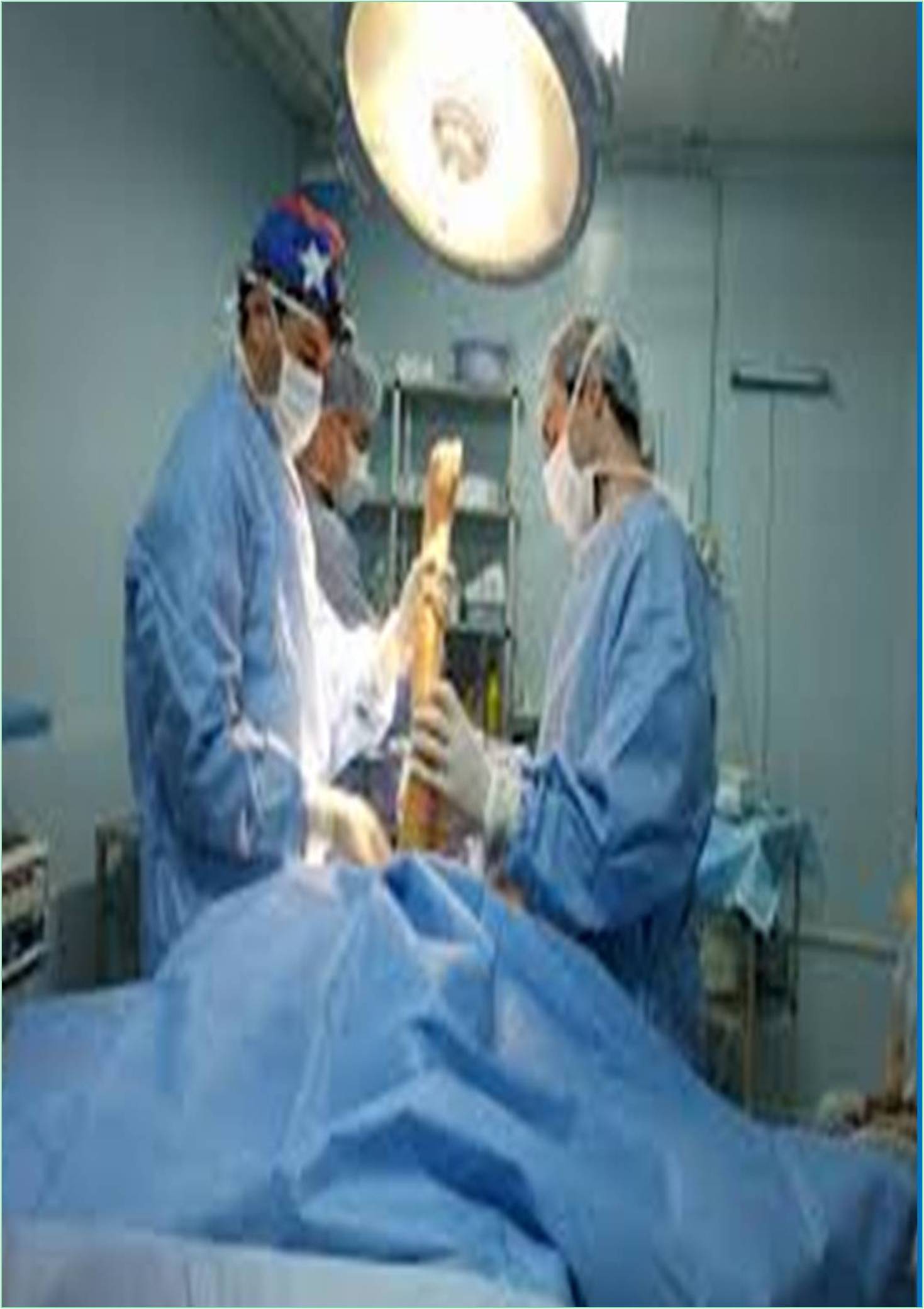



Received: 25-Nov-2022, Manuscript No. GJOPTP-22-83146; Editor assigned: 28-Nov-2022, Pre QC No. GJOPTP-22-83146 (PQ); Reviewed: 15-Dec-2022, QC No. GJOPTP-22-83146; Revised: 22-Dec-2022, Manuscript No. GJOPTP-22-83146 (R); Published: 29-Dec-2022, DOI: 10.15651/2449-1802.22.9.012
In silico modelling is an effective method for investigating the biological events that occur at the tissue, cellular and subcellular levels during bone fracture repair. However, most current models do not take the inflammatory response into account in the later stages of bone restoration. Indeed, as the starter of the healing process, the early stage has the potential to affect the regenerative outcome if the inflammatory response is too down or overly up regulated the fracture may result in non-union. This review the fundamentals of fracture healing as well as in silico modelling and experimental validation. The inflammatory phase and its cellular and subcellular components. The current state of the silico models of the immune response in diverse tissues as well as the bone regeneration process in the later phases of fracture healing. Combining the aforementioned biological and computational cutting edge technologies, continuous, discrete and hybrid modeling approaches in terms of their potential to effectively capture the multistate course of the inflammatory phase and its overall significance in the healing outcome. Bone healing is a sophisticated, wellcoordinated process that begins on its own after a bone fracture.
Bone fractures are one of the most common injuries and their prevalence is anticipated to rise by 23% over the next decade as people live longer. Because of the properties of bone tissue, effective healing is usually achieved within weeks. Up to 10% of bone fractures result in delayed healing or non-union. Anatomical location, fracture severity and host characteristics such as age, smoking or the presence of comorbidities all influence this risk rate. Despite breakthroughs in experimental studies on the inflammatory phase of bone healing in silico models. In bring together the components needed to construct a validated computational model capable of predicting the inflammatory response in bone healing and studying the interaction of this phase with the subsequent stages of the healing process. Bones provide structural support, movement and protection for important organs. Furthermore, bones generate hematopoietic cells and aid in mineral storage in the bone marrow. Bone tissue is extremely dynamic, bones respond to changes in the body, meeting mechanical and biological needs and are constantly renewed in a remodeling process. However, when stress and compression forces exceed bone tissue tolerance, bone fracture occurs and the fracture healing process begins. After most injuries or fractures, bone can repair on its own without the creation of fibrous scars, eventually recovering its former state. The complex fracture healing process which involves several cell types and is governed by several biochemicals, physical and mechanical. Direct or indirect healing will occur depending on the mechanical stability of the fracture. Direct or primary fracture healing results in bone restoration through a remodeling process. Primary fracture healing, on the other hand, is quite unique since it necessitates total stability at the fracture site. The fracture hematoma is created immediately after the trauma due to blood artery disruption, which stimulates the blood coagulation cascade, resulting in the formation of a fibrin network. This fibrin network acts as a temporary extracellular matrix for the entry of inflammatory cells as well as periosteal and bone marrow progenitor cells. Although this stage of bone repair is primarily defined by the invasion of inflammatory cells, the hematoma also contains immune cells found in the blood spilled from the ruptured vessels.